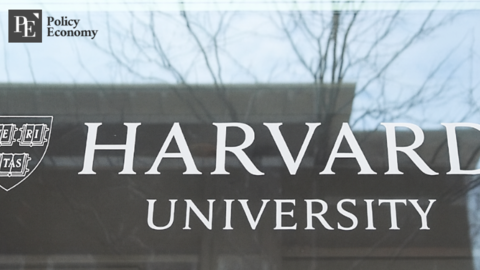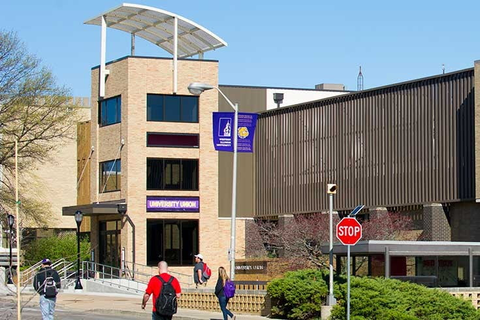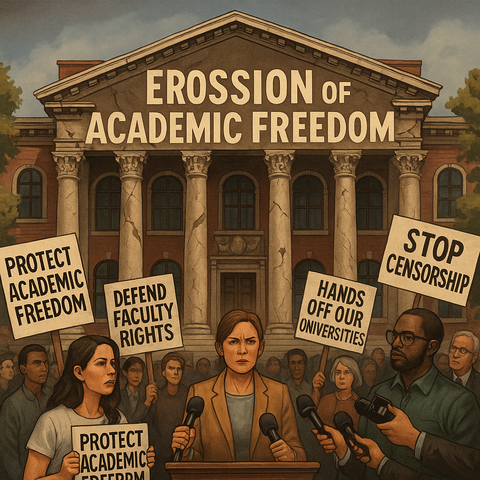College Students' Depression Has Worsened; Here Are Some Solutions
Input
Modified
COVID-19 has increased depression among college students. According to the National Library of Medicine, COVID-19 increased stress and anxiety in 138 of 195 participants, but only 10 sought mental health counseling - the most common stressors were found to be loneliness and isolation from the pandemic effect, due to a lack of face-to-face activities. However, depression in college students had become increasingly common even before COVID, with counseling services unable to track college depression rates.
Furthermore, college enrollment has declined since the pandemic. According to an Imagine America Foundation study, one-third of students with depression drop out of college, and researchers believe that the pandemic rate has exacerbated depression among college students. Newport Institute also added that 56% of students are concerned about dealing with mental health issues, and 63% say their emotional health has deteriorated since the pandemic.
 College students with depression seek help from a friend, a significant other or romantic partner, and a mental health professional the most.[/caption]
College students with depression seek help from a friend, a significant other or romantic partner, and a mental health professional the most.[/caption]
What are the Depression Symptoms?
The National Alliance on Mental Illness lists several severe warning signs of depression. One of the symptoms of depression is expressing or displaying negative emotions. However, showing emotions varies depending on the person, but they are commonly exhibited by being less engaged in conversation or activities – they tend to isolate themselves and spend time alone. Other symptoms include undereating or overeating, sleeping for more than 10 hours on a regular basis, or suffering from insomnia. Students who are depressed may experience pain without knowing why, especially if there are no injuries. As a result, if your child or roommate avoids you, he or she is most likely concealing their true feelings. Leading to depression, the Inside Higher Ed and College Pulse survey, with support from Kaplan, discovered that nearly one in every five students struggled with suicidal ideation while in college. Inside Higher Ed also provided data on whether struggling students have someone to turn to on campus, and surprisingly, 43 percent of students responded that they neither agree nor disagree – a large number of data indicating that students are actually having difficulty talking to, or relying on, other people with this issue. According to Bornthisway/Foundation, many students seek help from friends, romantic partners, or significant others, with the percentage of 18 considered the highest – however parents, were 3 percent lower than those groups. [caption id="attachment_2634" align="aligncenter" width="639"] College students with depression seek help from a friend, a significant other or romantic partner, and a mental health professional the most.[/caption]
College students with depression seek help from a friend, a significant other or romantic partner, and a mental health professional the most.[/caption]





















